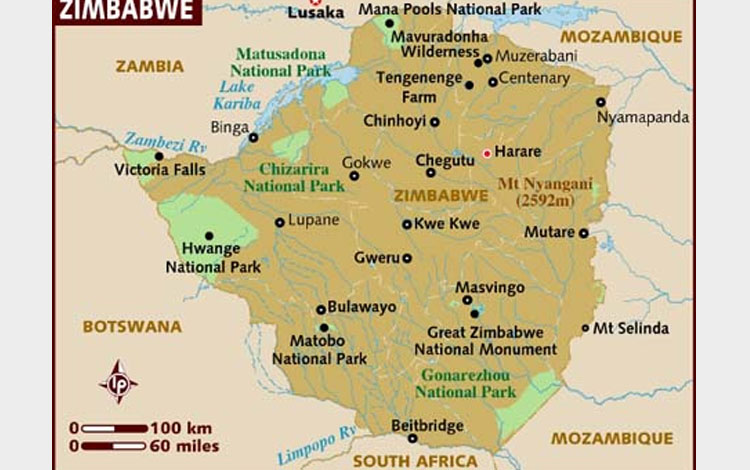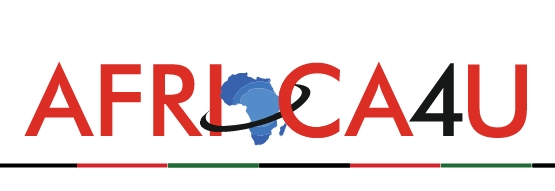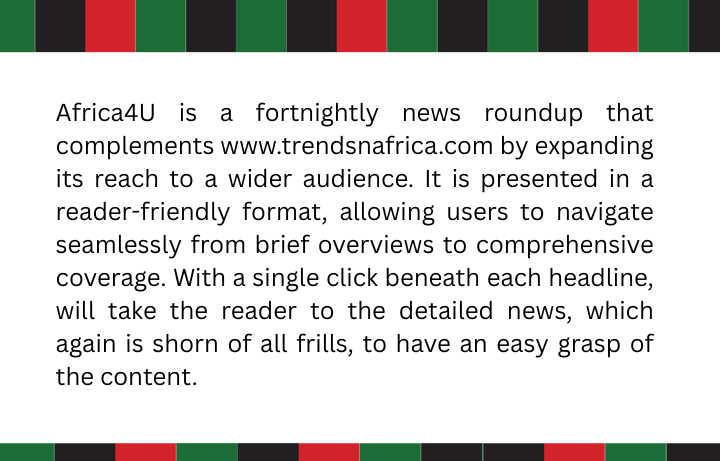Zimbabwean banks recently started issuing new notes and coins to ease severe cash shortages, keeping a higher threshold for withdrawal at one go. People are not satisfied with the low threshold of withdrawal and opine that they would not make both ends meet with such pittance withdrawals. The monetary framework of the southern African country is most confusing and absurd since the authorities keep on changing them every now and then.
The cumulative impact of the directionless monetary policy has landed Zimbabwe’s economy in the whirlpool of inflation and earned it the ubiquitous distinction as the world’s second highest inflationary nation after Venezuela, according to International Monetary Fund figures. Also, a rapid devaluation of the local currency is evident, making its import costly. The multi-currency system adopted by Zimbabwe in 2009 to control the hyperinflation and economic disruption are still eating into the vitals of the monetary system with the result that in June this year the government outlawed the use of foreign currencies and opted for a local currency mainly consisting of electronic, mobile money and a trickle of bank notes.
Retailers and service providers insist on cash payment and street vendors, charge higher price against purchase of goods through mobile money or bank cards. Though the Zimbabwean government is boasting that the Reserve Bank of Zimbabwe would pump in ZW$1 billion in the new small notes and coins to manage the cash shortages, many discount such assertions since the past efforts of the banking regulator did not help the country to better its macroeconomic fundamentals. Strangely, one item can have three different prices: one for cash, one for mobile money and another one for those paying using small coins. Indeed, it is a rare phenomenon which does not have parallels in the contemporary economic history.





